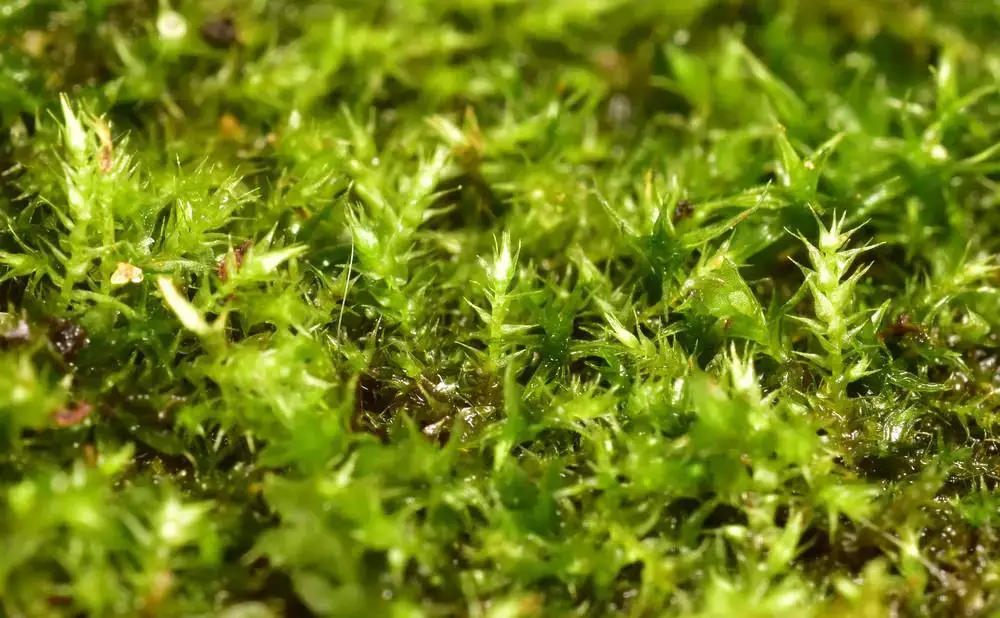
45617210.jpg from: https://waarneming.nl/waarneming/view/231307463?_popup=1
Introduction
In the vast and captivating world of bryophytes, one particular moss species stands out for its unique charm and ecological significance: Amblystegium serpens (Hedw.) Schimp., commonly known as Amblystegium. This unassuming yet fascinating member of the Amblystegiaceae family has captured the hearts of moss enthusiasts worldwide, offering a glimpse into the intricate beauty of nature’s smallest wonders.
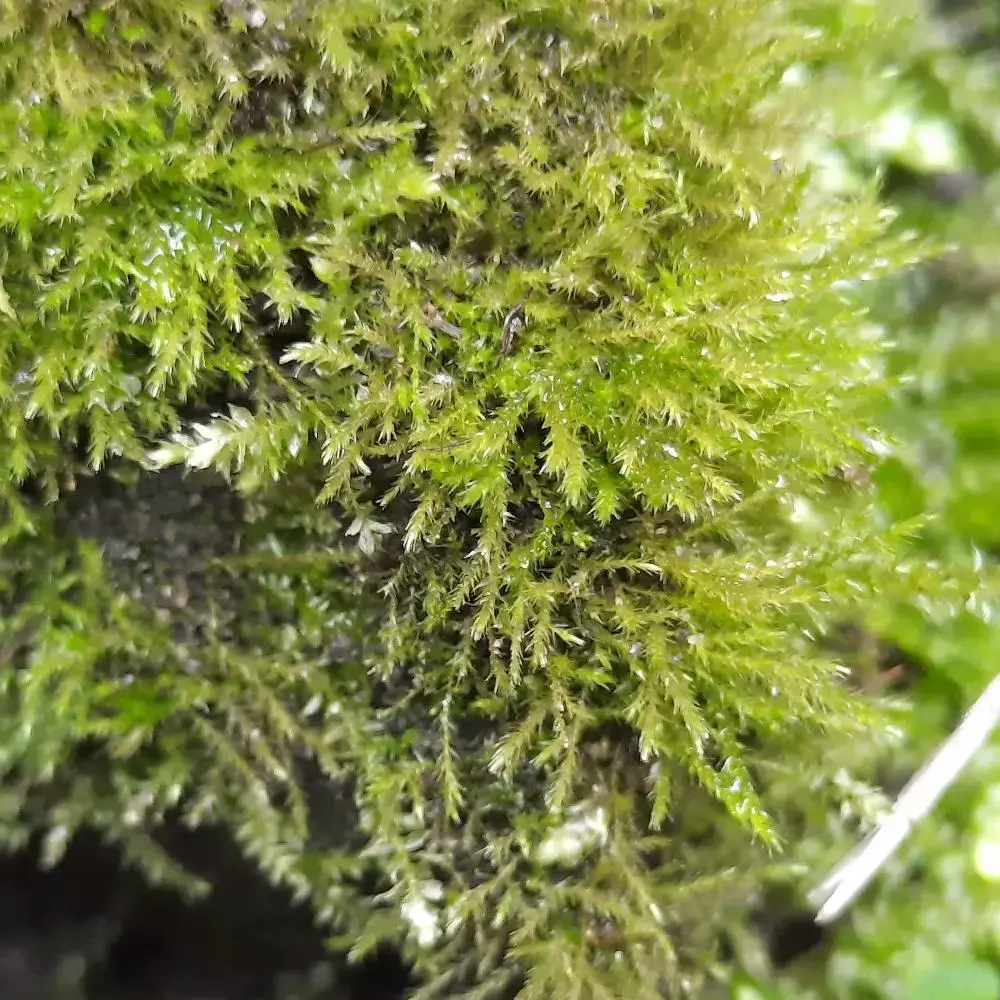
46089350.jpg from: https://waarneming.nl/waarneming/view/232949702?_popup=1
Background
Before delving into the intricacies of Amblystegium serpens, it’s essential to understand the broader context of bryophytes. These non-vascular plants, which include mosses, liverworts, and hornworts, are often overlooked but play a crucial role in various ecosystems. They are among the oldest land plants on Earth, dating back to the Paleozoic era, and have adapted to thrive in diverse environments, from moist forests to arid deserts.
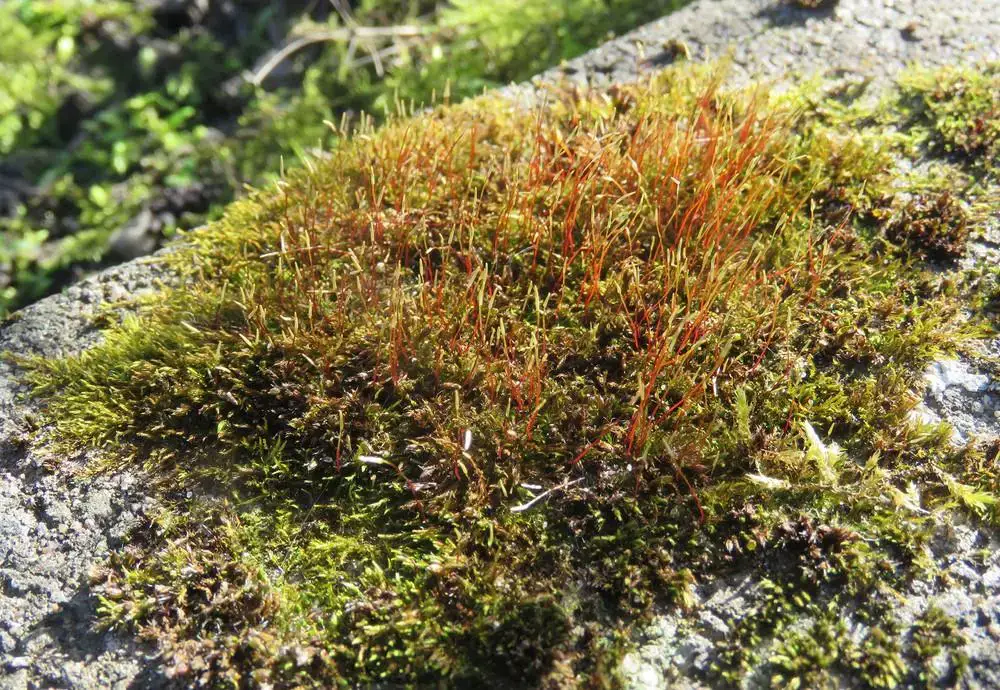
33579425.jpg from: https://waarneming.nl/waarneming/view/207979942?_popup=1
Main Content
Morphology and Identification
Amblystegium serpens is a pleurocarpous moss, meaning its stems and branches grow horizontally along the substrate. Its slender, creeping stems can reach lengths of several centimeters, forming dense mats or cushions. The leaves are small, ovate to lanceolate in shape, and arranged spirally around the stem, giving the plant a delicate, feathery appearance.
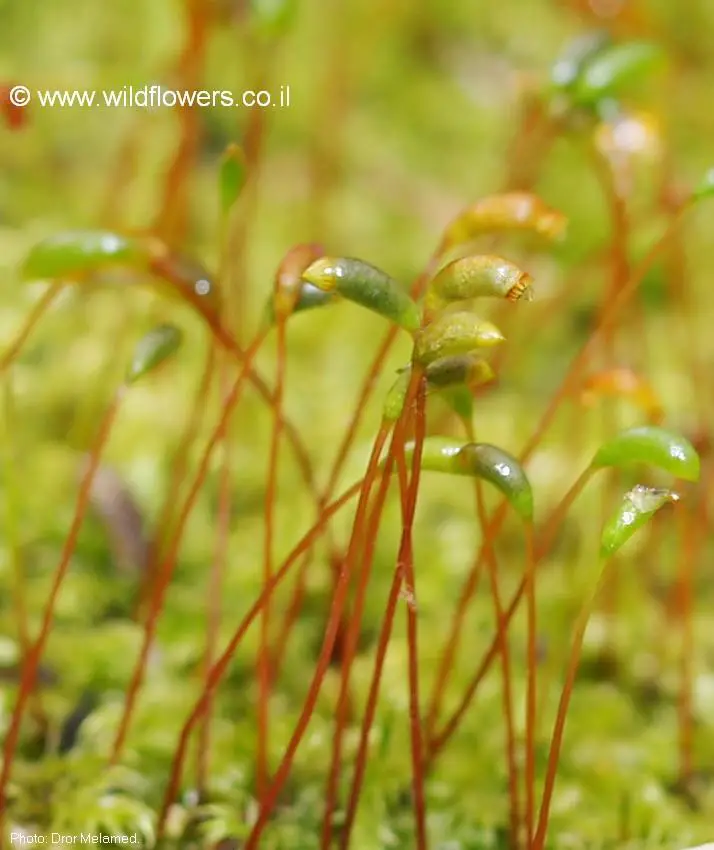
3174-l-3.jpg from: https://www.wildflowers.co.il/hebrew/picture.asp?ID=18326
One of the most distinctive features of Amblystegium serpens is its serpentine growth pattern, which earned it the specific epithet “serpens.” The stems often twist and turn, creating intricate patterns that resemble tiny green labyrinths. This characteristic, combined with its vibrant green color, makes it a true delight for moss enthusiasts and nature photographers alike.
Global Distribution and Habitat
Amblystegium serpens is a cosmopolitan species, found on every continent except Antarctica. It thrives in a wide range of habitats, from moist forests and wetlands to urban areas and even disturbed sites. This moss is particularly fond of shaded, humid environments, where it can be found growing on soil, rocks, tree trunks, and even concrete surfaces.
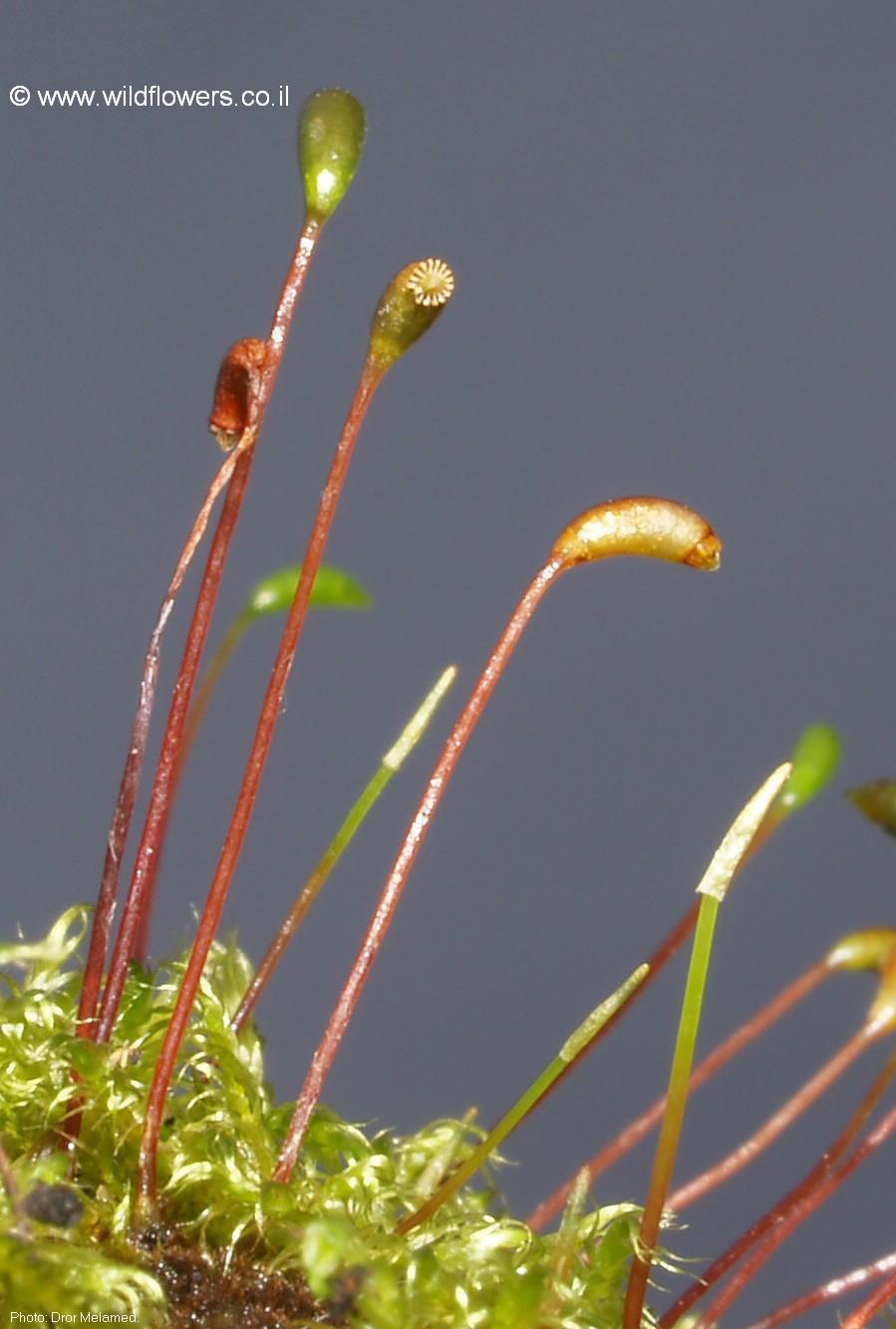
3174-l-4.jpg from: https://www.wildflowers.co.il/hebrew/picture.asp?ID=18327
Despite its widespread distribution, Amblystegium serpens is often overlooked due to its small size and unassuming appearance. However, its ability to colonize diverse habitats and tolerate a range of environmental conditions makes it a resilient and adaptable species, contributing to its global success.
Ecological Roles and Adaptations
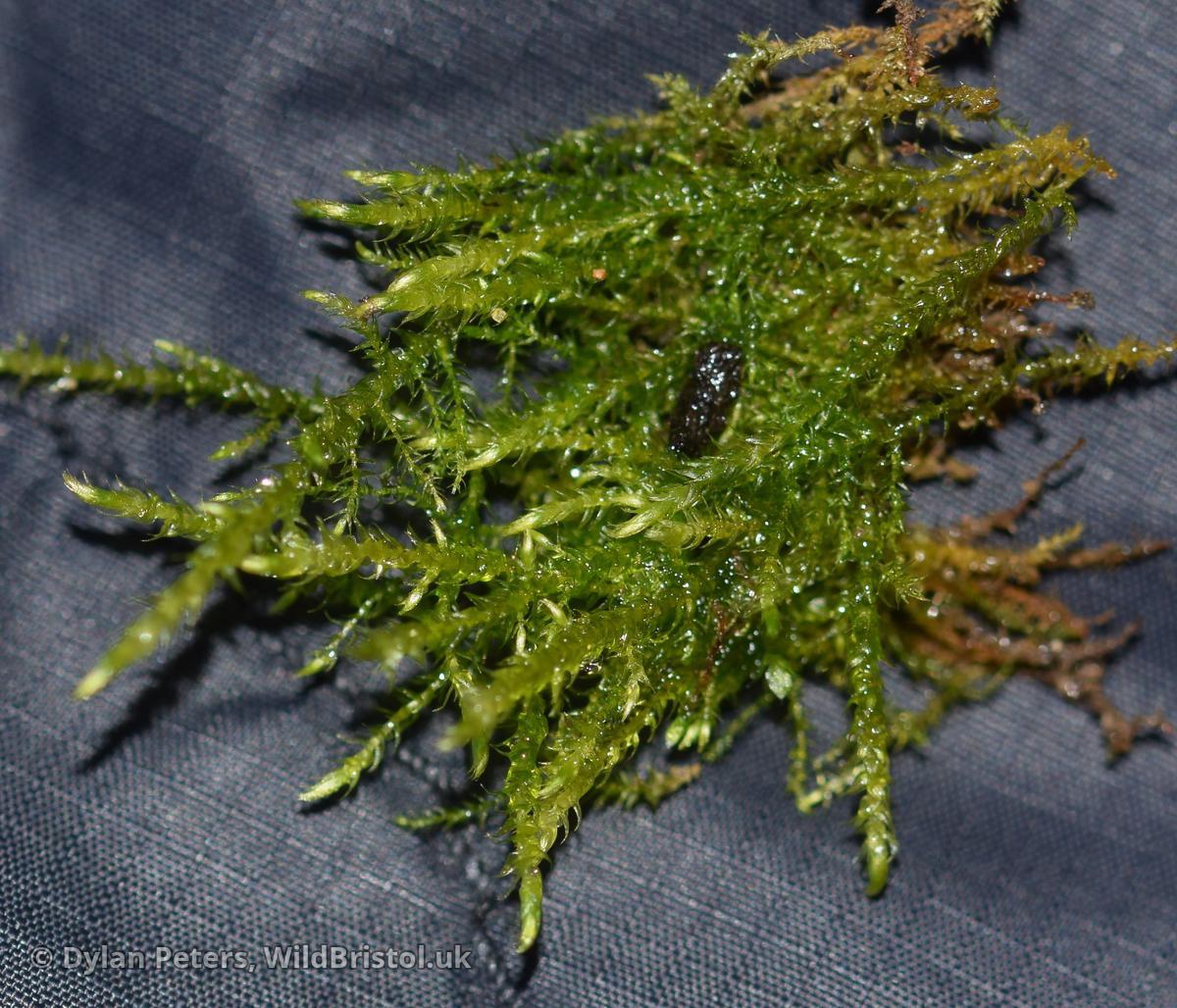
221210162256_DSC_0331.JPG.full.JPG from: https://wildbristol.uk/groups/ferns-horsetails-mosses-liverworts/creeping-feather-moss/
Amblystegium serpens plays a vital role in various ecosystems, serving as a pioneer species and contributing to soil formation and moisture retention. Its dense mats help stabilize soil, prevent erosion, and create microhabitats for other organisms, such as invertebrates and fungi.
One of the remarkable adaptations of Amblystegium serpens is its ability to survive desiccation. During dry periods, the moss can enter a state of dormancy, curling its leaves inward to minimize water loss. When moisture returns, it quickly revives, demonstrating its resilience and ability to thrive in challenging environments.
Case Studies/Examples
In urban areas, Amblystegium serpens has been observed growing on concrete surfaces, such as sidewalks and retaining walls. This moss’s ability to colonize these man-made structures highlights its adaptability and tolerance to disturbance, making it a valuable indicator of environmental conditions.
In natural settings, Amblystegium serpens often forms intricate patterns and designs on fallen logs, rocks, and tree trunks, creating a living tapestry that captivates moss enthusiasts and nature lovers alike.
Technical Table
| Characteristic | Description |
|---|---|
| Phylum | Bryophyta |
| Class | Bryopsida |
| Order | Hypnales |
| Family | Amblystegiaceae |
| Genus | Amblystegium |
| Species | Amblystegium serpens (Hedw.) Schimp. |
| Growth Form | Pleurocarpous, creeping |
| Leaf Shape | Ovate to lanceolate |
| Stem Pattern | Serpentine, twisting |
| Habitat | Moist forests, wetlands, urban areas |
| Distribution | Cosmopolitan (except Antarctica) |
Conclusion
Amblystegium serpens, with its serpentine growth pattern and vibrant green hues, is a true gem in the world of bryophytes. Its ability to thrive in diverse habitats, contribute to ecosystem functions, and captivate moss enthusiasts with its intricate beauty makes it a species worth celebrating and protecting.
As we delve deeper into the fascinating realm of mosses, we are reminded of the incredible diversity and resilience of these often-overlooked organisms. Perhaps the next time you encounter a verdant carpet of Amblystegium serpens, you’ll pause and appreciate the intricate tapestry woven by nature’s smallest architects.
Ponder this: In a world where we often overlook the smallest wonders, what other hidden gems might we be missing, waiting to be discovered and appreciated?